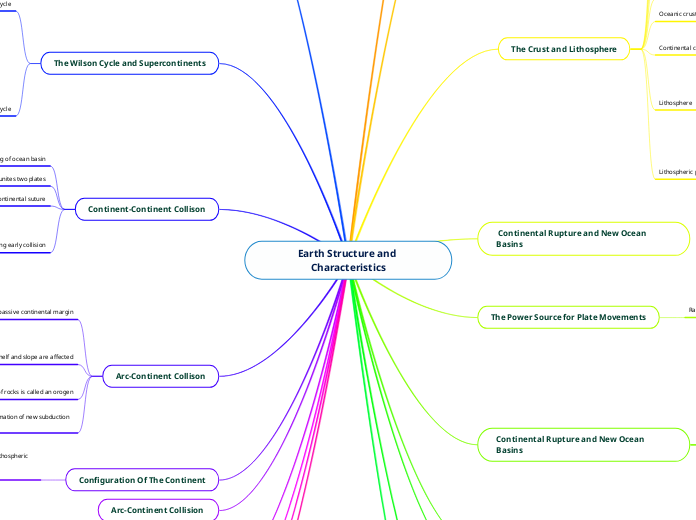door Prasdita Elysia 2 jaren geleden
199
Earth Structure and Characteristics

door Prasdita Elysia 2 jaren geleden
199

Meer zoals dit
In the North Atlantic Ocean, two large tectonic plates are spreading apart and moving away from a central rift.
Melted altered crust forms magma that rises and erupts on the seafloor
Subducted oceanic crust is altered due to water reaction